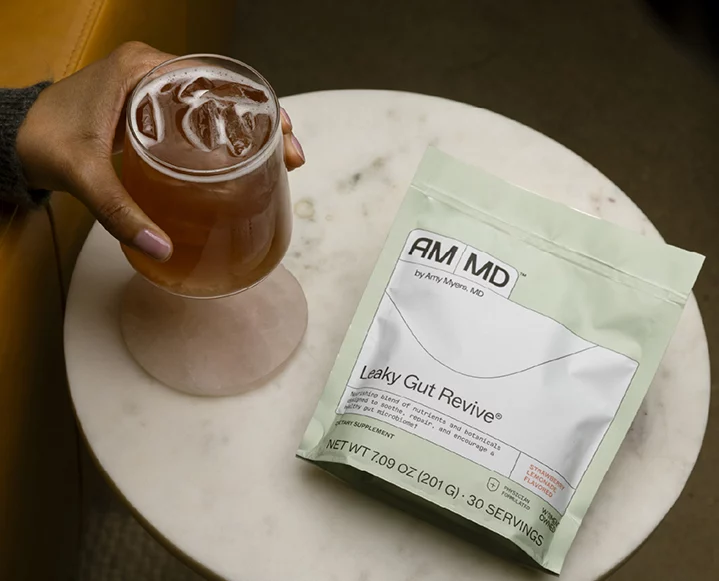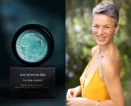Although we love our green juice with a passion, the Chalkboard team also has a soft spot for popping bottles of our favorite – perhaps Citrus 3-laced – champagnes. And no holiday inspires us to break open the bubbly more than Valentine’s Day!
For truly amazing, gift-worthy bottles we’ve stumbled across Henri’s Reserve, one Frenchman’s way of providing exceptional estate bottles of bubbly to his stateside friends. We asked Henri himself to explain what sets these ‘estate’ champagnes apart from the rest and why the heck they taste so good! Here are Henri’s insights about what the French call terroir and his 3 favorite selections from the cellar!
Terroir is one of our most impossible to translate French terms. Loosely translated, it means “sense of place” – the geography, geology, climate and soul of the land. “Excellent terroir” is a badge of honor. Foodies rave over it in artisanal coffees, chocolates, cheeses – and always wine. A chardonnay from an east-facing hillside vineyard in Napa can be very different from one in the Russian River Valley – mais non?
Small family estate champagnes show you what every master sommelier is seeking: bubblies that express the unique terroirs of the finest estates in Champagne – something simply impossible to do with mass production!
Champagne is made from one or more of three grapes: chardonnay, pinot noir and pinot meunier. Blancs de blancs is 100% chardonnay, while blancs de noirs is 100% pinot noir.
The dark-skinned pinot noir and pinot meunier are predominantly grown in two areas: the Montagne de Reims and the Valee de la Marne. The Montagne de Reims run east-west to the south of Reims, in northern Champagne. They are notable for north-facing chalky slopes that derive heat from the warm winds rising from the valleys below. The River Marne runs west–east through Champagne, south of the Montagne de Reims. The Valee de la Marne contains south-facing chalky slopes.
Chardonnay gives the wine its acidity and biscuit flavor. Most Chardonnay is grown in a north-south running strip to the south of Epernay called the Cote des Blanc, including the villages of Avize, Oger and Le Mesnil-Sur-Oger. These are east-facing vineyards, with terroir similar to the Cote de Beaune.
The various terroirs account for the differences in grape characteristics and explain the appropriateness of blending juice from different grape varieties and geographical areas within Champagne, to get the desired style for each Champagne house.
We’ve chosen a few of our favorite houses for you below with a bit about the history of the unique terroir that brings the bubbly its most seductive notes.
3 Tops Picks For Valentine's Day Champagne
- Vilmart & Cie
Region: Montagne de Reims, Biodynamic
Grape Varieties: 60% Chardonnay, 40% Pinot NoirAbout the wine: Rilly la Montagne1er Cru (calcareous clay and limestone, chalk). Given the combination of clay, limestone and chalk on their estate, they are able to produce rich, fruity pinot noir and delicate, elegant chardonnay grapes. The vineyards are all farmed sustainably and certified organic. The lack of any chemicals and the rigorous principles of biodynamic* farming allow the full, unmasked flavor of the grapes and their “place” to come forward.
Raves: Rated one of the top 15 producers in Champagne. Food & Wine’s 2011 Wine Guide says, “Vilmart & Cie has a cult following for its refined, elegant Champagnes.”
- Gimonnet & Fils
Region: Côtes de Blancs
Grape Varieties: 100% Chardonnay, 2% Pinot NoirAbout the wine: While Chardonnay can produce quality fruit in a variety of soils and climates, the grapes' best expression comes from soils with high concentrations of chalk, clay and limestone. Gimonnet’s Blanc de Blancs are the “chalky” poster children for the Côte des Blancs and an advocate of purity, sharp relief and pronounced minerality combines with near weightlessness. One of the great grower families of the Côtes de Blancs since the 18th century, the Gimonnets produce what are probably called the bluest of blue chip Chardonnay Champagnes. A premier cru notorious for its searing acidity, but one that is supremely elegant the ultimate Champagne accolade: "restrained exuberance".
Raves: Served at The French Laundry among other exceptional restaurants.
- Fleury – Blancs de Noir
Region: the Aube Region
Grape Varieties: 80% Chardonnay, 20% Pinot NoirAbout the wine: Situated in Couteron, Fleury is obsessed with quality. His low dosage lets the terroir shine through - and produces a very dry & exciting Blanc de Noirs. Biodynamic production methods are the strictest form of organic viniculture. Not only 100% organic, the grower has gone beyond to try to bring the farming process more closely in tune with nature.
Raves: Definitely the best producer in the Aube. Very much on the French wine enthusiast’s radar screens thanks to its prominently biodynamic methods.
Order a special treat for your Valentine by checking out Henri's fun-to-shop site. Bottles come ready to gift in gorgeous gift tubes pictured!











